German Shepherd Dog Breed Types
There are six breed types for German Shepherd Dogs. The breed’s versatility and adaptability has made it one of the more sought after breeds world wide. Before bringing home any type of German Shepherd, research each breed type thoroughly before making your choice—for each is created for a specific purpose and it’s crucial to select a dog that works best for you and your lifestyle.
The German Shepherd Dog is a relative new breed, dating back just over 100 years. Yet in that short period of time, it has become the second most popular breed of dog. German Shepherds are highly intelligent, devoted, dependable and most have strong, stable work ethics. But that’s not all. Their loyalty, guardian instinct and often easy-going nature make many German Shepherds great family companions.
Over the decades, distinct types (lines) of German Shepherds Dogs have developed. Each line has its own unique traits, carefully engineered for a specific purpose.
West German Working Line
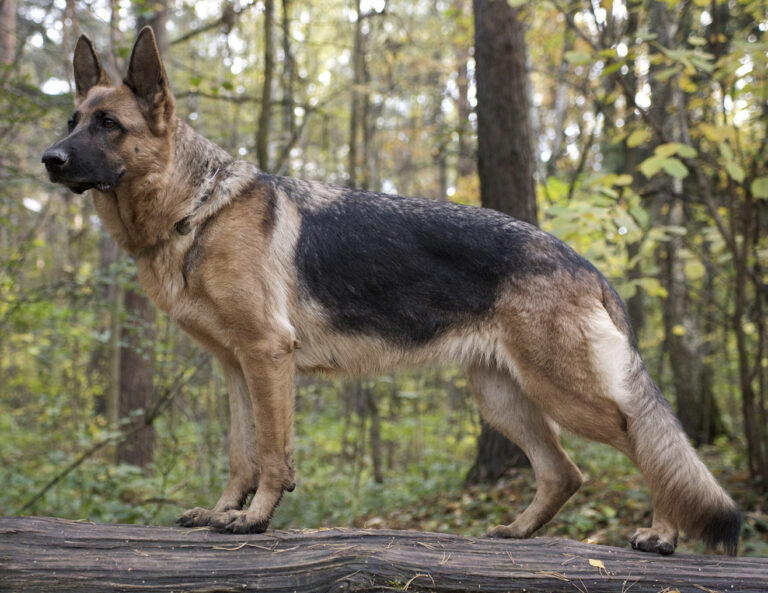
The west German working line German Shepherd is considered by many to be one of the closest German Shepherds, in form, to that of Max Von Stephanitz’s original breed lines. Typically, West German working lines will be of a smaller size with a straight back which is required for working in jobs requiring great agility such as military or police occupations. Primary focus was directed toward correct working structure, solid temperament and especially to strong working drives and ability. The West German working line generally comes with a short coat and a variety of colors like stable, black and tan, bicolors and solid black. West German working line German Shepherds excel in many different sports, real working jobs and positions of service. They also make phenomenal, active family pets.
Although this type of German Shepherd has a strong work ethic, it knows how to settle down when needed and can make a fantastic pet for an active family.
DDR/East German Working Line
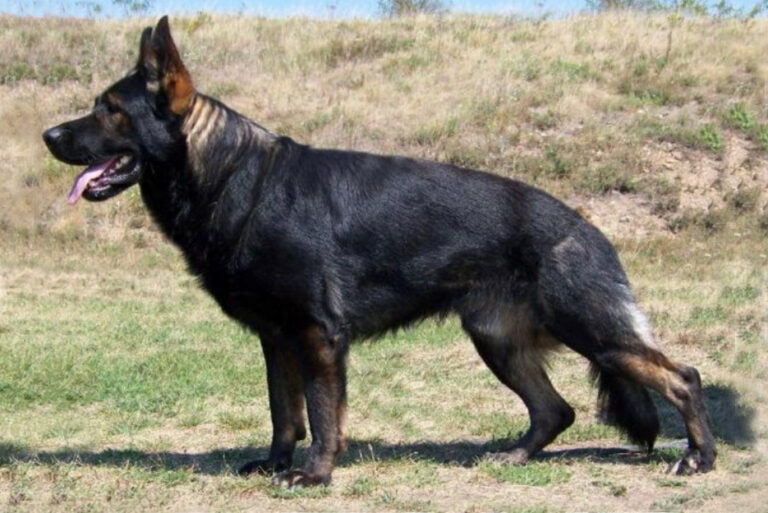
Developed after World War 2, the DDR / East German dogs were controlled strictly by the government of East Germany. Best known for their typically correct working structure, large heads, large bone and dark pigment. The DDR bloodlines are also known for being very sound dogs, though working drives can vary. Older DDR bloodlines are valued for their phenomenal genetics and temperament.
The establishment of the Deutsche Demokratische Republik meant strict government-controlled pedigree registration and 40 years of closed breeding.
Most East German DDR dogs require plenty of mental and physical stimulation and an experienced handler.
Czech Working Line

Originating in Czechoslovakia and built on a foundation of working dogs, the Czech bloodlines are dominated by dogs who have a foundation of popular border patrol dogs and Czech military dogs. Some of the czech bloodlines contain phenomenal working drives and tend to be intense, agile working dogs.
The development and maintaining of this line of German Shepherd were isolated to one kennel owned by Czechoslovakian Army’s border patrol. The sole purpose was to breed and train dogs for military border patrol.
Like the working lines of East Germany, this type of German Shepherd is agile with a powerful build and dark pigment. With a strong work structure and high work drive, this line will excel in obedience, agility, and protection sports. They can be intense and need plenty of mental and physical stimulation.
West German Show Line
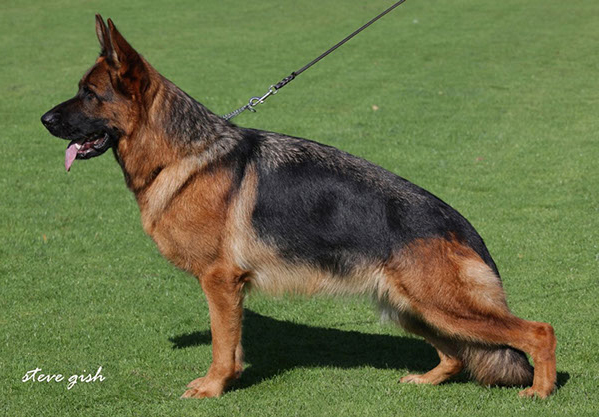
The most popular German Shepherd type in Germany, the West German show lines are bred to conform to the SV standard which requires all dog to attain health clearances for hips and elbows and a working title along with their show title prior to breeding stock. The “look” of this type of GSD is very specific and typically uniform, and most commonly present as a black and red saddle back.
Although also bred for their beauty, this German Shepherd type is not just a pretty face.
They make outstanding protectors and family pets. And they are by no means lazy, they need plenty of exercise, training, and socialization.
American and Canadian Show Line
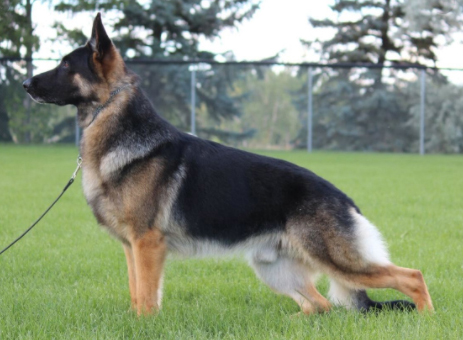
Popular in North America since the 1970’s, the American and Canadian show lines dominate the national kennel clubs and are intended to conform strictly to the standards set by each of the governing kennel clubs. Conformation and the side gait is what this type is passionately bred for.
This line is bred for showing although many owners of this type have had success in agility and obedience work. Popularized in the early ’70s, side gait and conformation is the focus of breeding here.
This type of German Shepherd has a narrower head and exaggerated rear angulation. Breeding does not always conform to the German Shepherd Breeding Standard. And hip certification is not required in the United States.
If well-bred, you’ll find this type of German Shepherd to have a laid-back and intelligent character. He is also less physically demanding making it a great companion and family pet.
White German Shepherds

White German Shepherds are registered with the AmericanWhite Shepherd Association (AWSA) and the United Kennel Club (UKC). TheFédération Cynologique Internationale (FCI) recognized it as a Berger Blanc Swissin 2002, which is the same name the White Swiss Shepherd Dog Club of Australia (WSSDCA) uses. The Swiss recognized the White German Shepherd as a separate breed first, which is why Switzerland was credited as
the country of origin and the breed name changed to reflect this.
Since the inception of the German Shepherd breed, all-white coated puppies have always turned up in litters. The recessive gene appears to have been a part of the original gene structure.
As with any German Shepherd, white Shepherds that are properly socialized and trained can excel in activities such as schutzhund, tracking, obedience, agility and flyball and make excellent companion animals and family dogs.
Multi-Line German Shepherds

There are many wonderful combinations of lines of German Shepherd Dogs. Breeders have crossed West German and DDR/East German working lines to produce dogs with phenomenal drives and temperaments. Many homes are also graced with American show line/working line crosses. These dogs can make awesome companion animals and therapy dogs. As with any German Shepherd combination, owners need to be aware that all German Shepherds, regardless of lineage, need early, consistent training and socialization to become well-rounded, sound, adult dogs. German Shepherds are working dogs by design and thrive in environments with rules, boundaries, limitations and exercise. Correctly guided, few breeds possess the flexibility, adaptability and charm of a well-bred German Shepherd.
Other Shepherd Breeds
There are a number of other well-known—and less common—shepherd breeds that have many of the same endearing physical characteristics and similar mental aptitude of German Shepherd Dogs. When considering any working-trait or herding breed, do your research. Even though some of these breeds have things in common with German Shepherds, their needs and level of handler experience can vary. There are many great sites online where you can to learn more.
Belgian Shepherd (Groenendael)
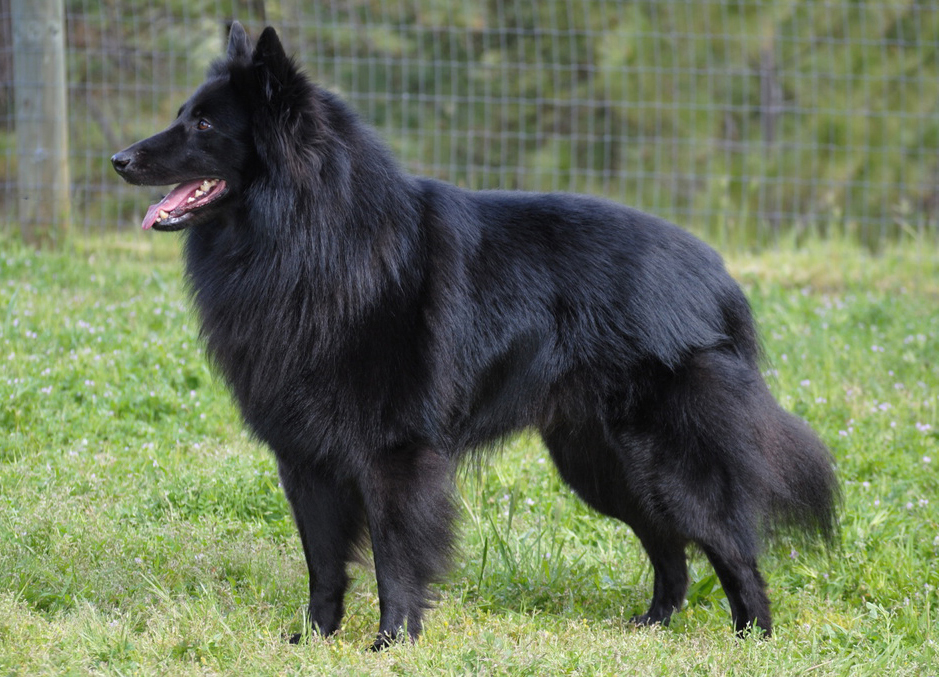
Technically speaking, there are four varieties of Belgian shepherds—the Groenendael (Belgian Shepherd), the Malinois, the Tervuren and the Laekenois. In Belgium, all four are considered variations of the same breed, but in the U.S., they are regarded as separate breeds. The American Kennel Club recognizes three of the four as separate breeds—the Malinois, the Tervuren, and the Belgian Sheepdog or Groenendael.
The Belgian Shepherd is a beautiful, long-coated breed that comes in a variety of colors. With their athletic build and superb stamina, these dogs excel in herding as well as various dog sports. Their friendly temperament makes them an excellent choice for family life as well. If you’re looking for a highly trainable, medium- to large-sized breed, the Belgian Shepherd is one to consider.
Breeds used in its development included the Dutch Shepherd, the Briard, and the German Shepherd.
Belgian Malinois
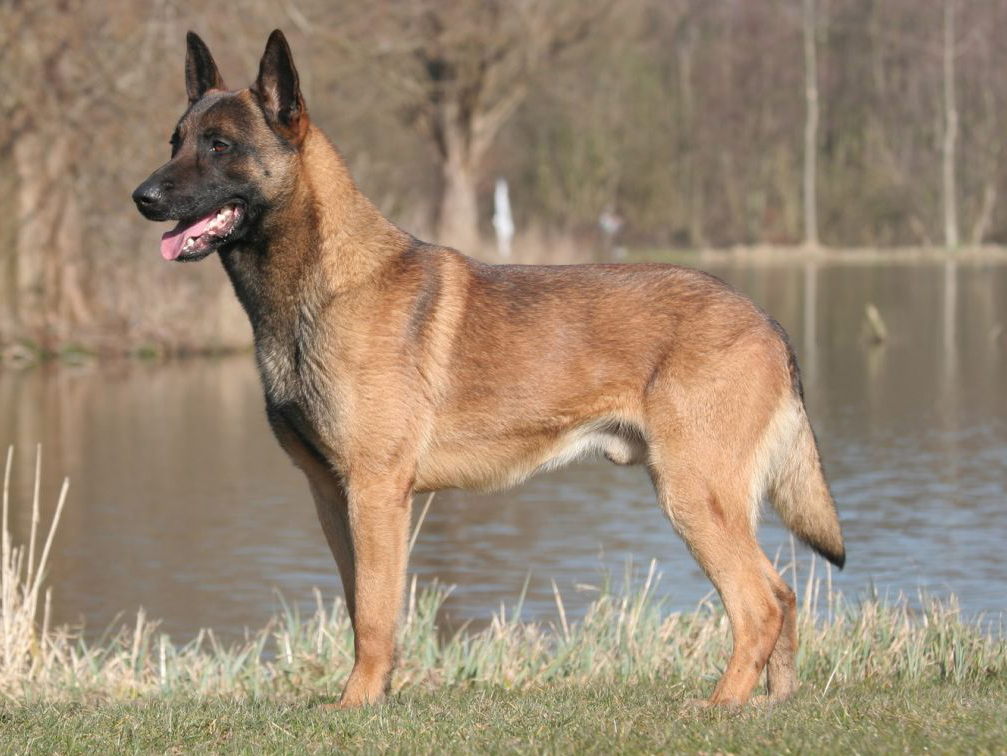
Lorem ipsum dolor sit amet, consectetur adipiscing elit. Ut elit tellus, luctus nec ullamcorper mattis, pulvinar dapibus leo.
Belgian Tervuren

Lorem ipsum dolor sit amet, consectetur adipiscing elit. Ut elit tellus, luctus nec ullamcorper mattis, pulvinar dapibus leo.
Laekenois
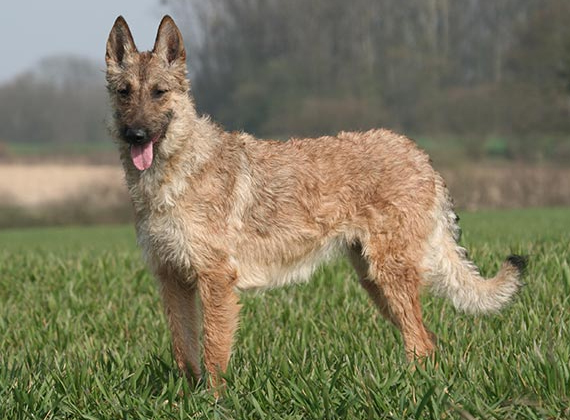
Lorem ipsum dolor sit amet, consectetur adipiscing elit. Ut elit tellus, luctus nec ullamcorper mattis, pulvinar dapibus leo.
Dutch Shepherd
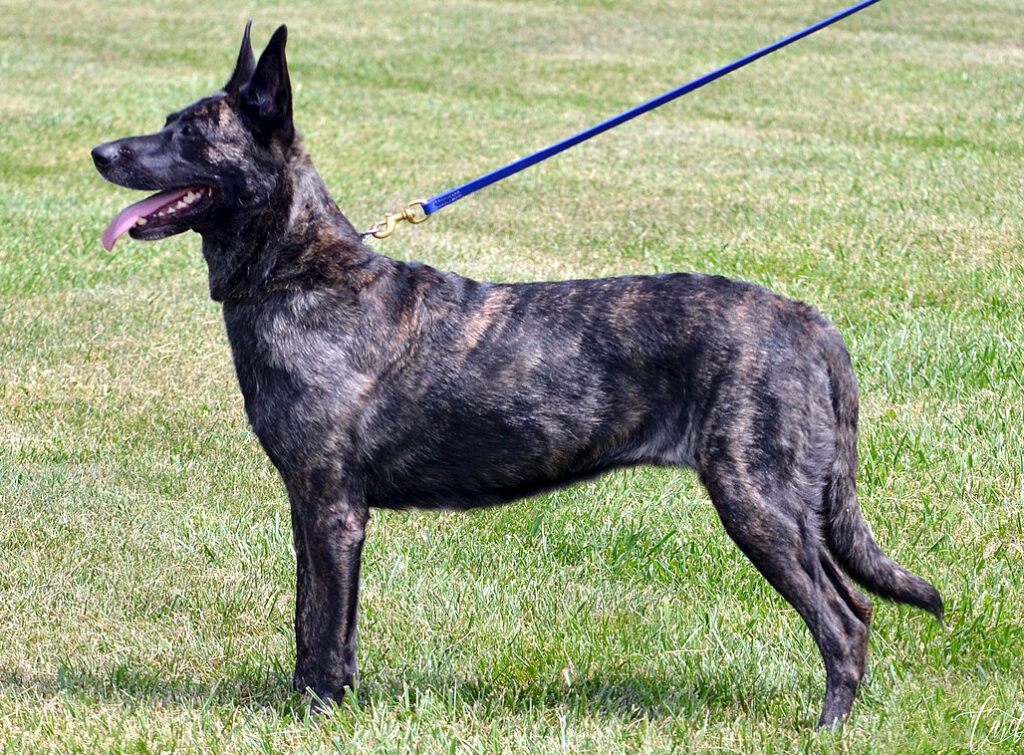
With three types to choose from (longhair, shorthair and wirehair), the Dutch Shepherd is a rare sight at the dog park. Thankfully, fanciers are working hard to increase its numbers. And it’s a good thing they are: this is a super intelligent dog that owns the ring when it comes to obedience competitions, guard duty, and field/agility trailing.
Hailing from The Netherlands, the Dutch Shepherd was traditionally used as a shepherd’s dog in the countryside. They would watch over flocks of sheep, keeping them in line and warding off any potential threats.
Sadly, the breed’s numbers have dwindled and it is not as popular as the Belgian Shepherd or German Shepherd in North America. Even in The Netherlands, the Dutch Shepherds are rare and the wire-haired variety is few and far between.
Shiloh Shepherd
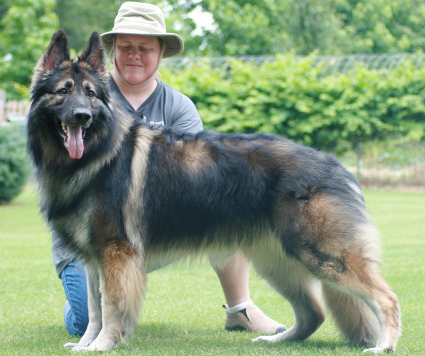
Lorem ipsum dolor sit amet, consectetur adipiscing elit. Ut elit tellus, luctus nec ullamcorper mattis, pulvinar dapibus leo.
Bohemian Shepherd
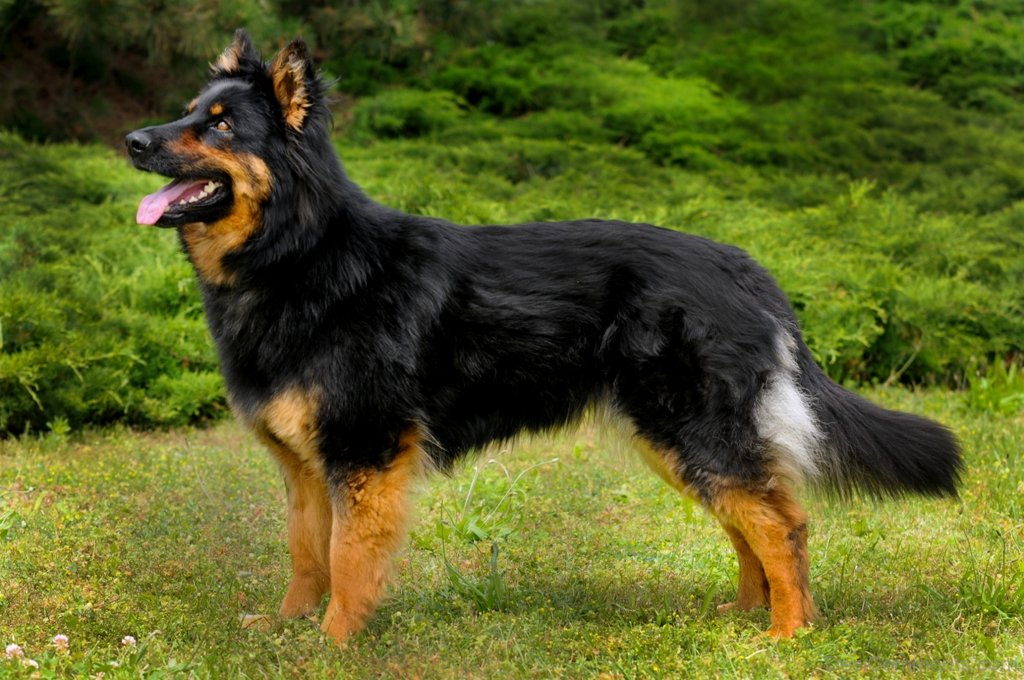
Lorem ipsum dolor sit amet, consectetur adipiscing elit. Ut elit tellus, luctus nec ullamcorper mattis, pulvinar dapibus leo.
Panda Shepherd

Lorem ipsum dolor sit amet, consectetur adipiscing elit. Ut elit tellus, luctus nec ullamcorper mattis, pulvinar dapibus leo.
